Manufacturers: W. R. Dell & Son
William Rawbonn Dell started his career as a miller around 1830. During this career, he ‘paid considerable attention to wheat cleaning and flour dressing machinery’ (‘Reliance Iron Works’, p.284). This interest inspired the creation of ‘a conical wheat brush machine’, which he invented after entering into a partnership with Mr. George Artingstall, a wire weaver, in 1844. He remained at Messrs. G. Artingstall & Co. until 1856 when he left and started his own business as a general mill furnisher at 72 Mark Lane, London.
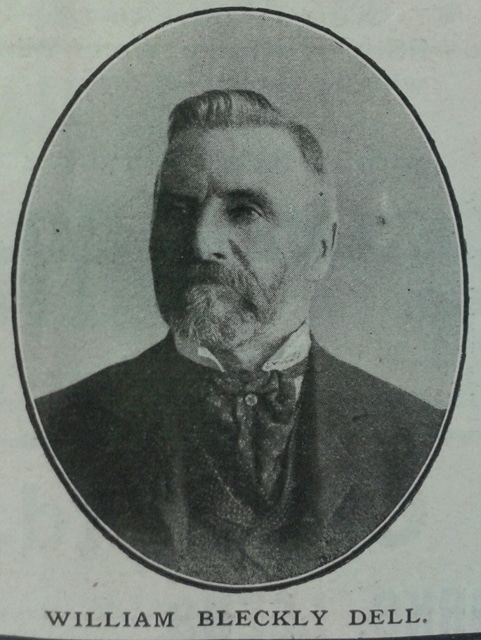
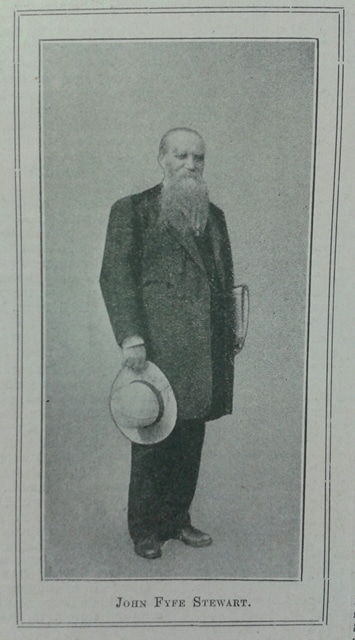
In 1869 the firm of W. R. Dell & Son was formed when William Bleckly Dell entered into a partnership with his father, although he had been connected with the business since its establishment in 1856. Two years later, W. R. Dell retired and in 1872, W. B. Dell entered into a new partnership with an engineer, Mr. John Fyfe Stewart. During this time the firm was well known for the production of millstones and wheat cleaning machinery. Before 1873, these items were produced by other manufacturers, yet in 1873, they purchased their first engineering works, St. James’s Iron Works, Croydon. The firm quickly outgrew this site and three years later, the Reliance Iron Works were established.
In these new Works, the firm could produce more machinery. This included the ‘Victor Roller Mill’, patented by John Smith, W. B. Dell and J. Fyfe Stewart in 1877. This machine was described by one author as having a ‘very strange design, in which the rolls had both ordinary rotary motion and a transverse reciprocating motion’ (Jones, p.72).
Despite producing some of their own machinery, the firm became better known as an agent for foreign firms. The first firm they became the ‘Sole European and Colonial agents for’ was ‘Barnard & Lea’s Manufacturing Company’s celebrated machines’, mainly wheat-cleaning machines (Jones, p.72). However, this was not the only firm Dell became agents for as the prominent American firms G. T. Smith Middlings Purifier Company and John T. Noye Manufacturing Company both chose Dell to be their European agents during the 1880’s.
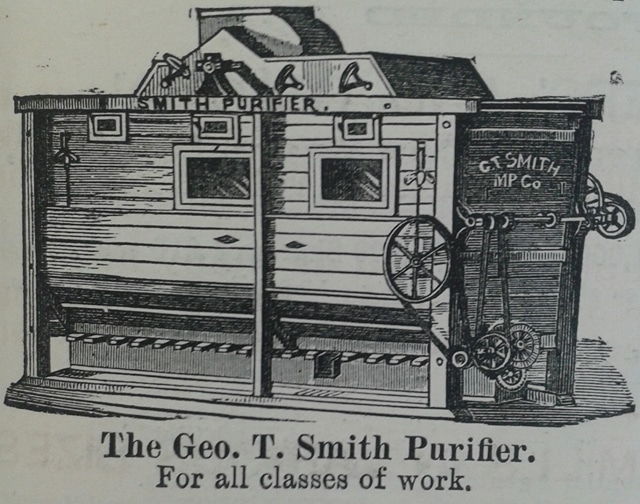
The first major display of Dell machinery, alongside that of the firms they represented, was at the 1881 Islington exhibition. W. R. Dell & Son had the largest display at this exhibition, covering 6,008 square feet which was believed to be the most ‘extensive exhibit of flour mill machinery…ever shown by one firm in the history of milling throughout the world’ (TM, 1881, p.271). Their display contained ‘products from the workshops of America, France, Germany &c.’; ‘the largest collection of middlings purifiers at the show’; and had the ‘only mill in operation in which millstones formed a means for the manufacture of wheat into flour’ (TM, 1881, pp.271-273). They combined displays of innovative American designs with traditional British millwrighting; as such, the display attracted many visitors.
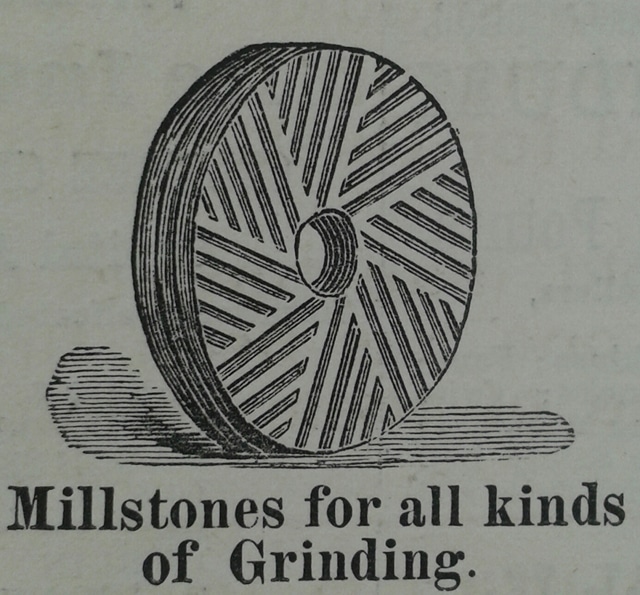
The Islington exhibition was the catalyst for the roller mill revolution to truly begin in Britain, and W. R. Dell & Son felt the benefits. The sale of Smith’s middlings purifier increased from 53 in 1880 to 200 in 1883. The firm also continued to sell wheat cleaning machinery and c.1882, became agents for the John T. Noye Manufacturing Company, adding the Stevens’ roller mills, the Cosgrove Concentrated Roller Mill and, later, the Rounds Sectional Roller Mill to their stock. Despite the success of this new American machinery, Dell continued to produce millstones throughout the 1880’s and the number they sold remained fairly stable: 1880 – 416; 1881 – 411; 1882 – 460; 1883 – 443.
The basis of W. R. Dell & Son’s trade was mainly British, however, it was not limited there. Before the 1881 Islington exhibition they had already displayed machinery in Cincinnati, Melbourne, and Sydney, winning awards at all three. In 1886, they were responsible for installing machinery in the Crown Roller Mills, Oamaru, New Zealand, machinery that included the ‘Concentrated Cosgrove’ (‘The Crown Roller Mills’). The work they did in this mill gave ‘good results’ and as such, the firm were ‘intrusted with the order for another complete roller plant for that colony’ (TM, Sept 6, 1886, p.336). The firm was thus gaining note worldwide and encouraging international business.
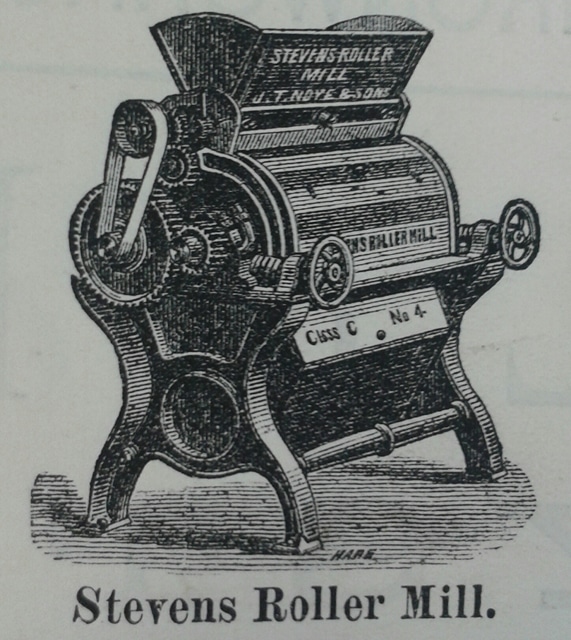
W. R. Dell & Son may only have been a small firm but, as has been shown, had worldwide respect and reputation. Indeed, The Miller claimed they held ‘a position which is at least equal to that of any milling engineers in the kingdom in supplying our millers with the means of stemming the tide of American competition’, ironically, through the selling of American machinery (‘Reliance Iron Works’, p.284). However, this did not mean that they would have same longevity as some of the other British firms. John Fyfe Stewart died in 1908, W. B. Dell a few years later in 1911. At this time, the firm appears to have been continued by Mr. Stewart’s son, Mr. Ronald Stewart. Under his direction it appears that the business continued successfully and there is an entry for the firm in the 1922 edition of ‘Who’s Who in Engineering’. Indeed, according to adverts within The Miller, the firm was still available for ‘All Kinds Machinery, Spares, Renewals and Furnishing’ in February 1929 (TM, February 4, 1929, p.897). However, ten years later in the 1939 edition of ‘Who’s Who in Engineering’, there is no entry for the firm. At some point in the intervening 10 years, the firm appears to have closed or been amalgamated. The reasons for this are not clear but the increased post-war competition, and the dominance of other manufacturing firms, probably contributed to it.
Sources:
‘Death of Mr. J. Fyfe Stewart’, The Miller, (December 7, 1908), p.623.
‘The Crown Roller Mills, Oamaru, New Zealand’, The Miller, (July 5, 1886).
‘The Reliance Iron Works, Croydon Surrey: W. R. Dell & Son, Milling Engineers’, The Miller (June 2, 1884), p.284.
1922, ‘Who’s Who in Engineering’, accessed on https://www.gracesguide.co.uk/1922_Who%27s_Who_in_Engineering on 31/01/2018.
The Miller, February 4, 1929.
The Miller, June 6, 1881.
The Miller, September 6, 1886.
